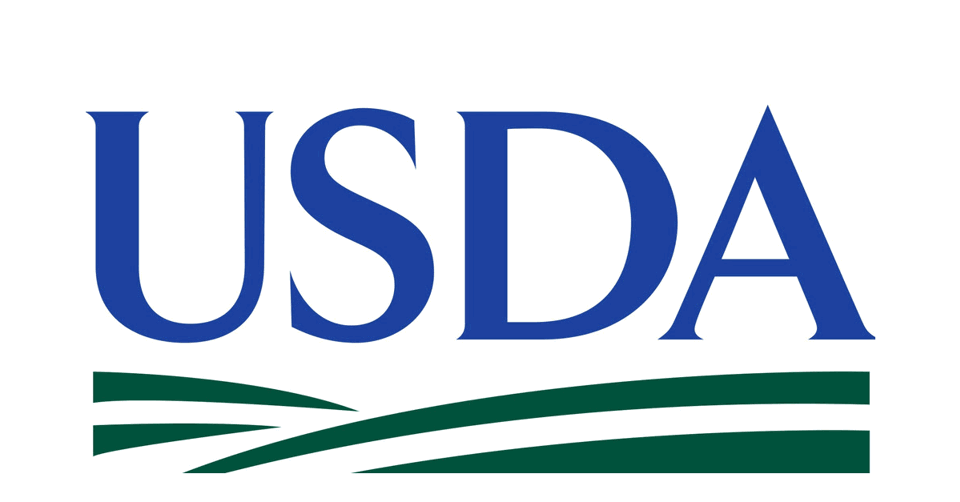USDA Announces Conservation Reserve Program General Signup for 2024

LINCOLN, Nebraska, March 4, 2024 – The U.S. Department of Agriculture (USDA) announced that agricultural producers and private landowners can begin signing up for the general Conservation Reserve Program (CRP) starting March 4 and running through March 29, 2024. This conservation opportunity gives producers tools to conserve wildlife habitat while achieving other conservation benefits, including sequestering carbon and improving water quality and soil health.
“The USDA has a long track record of fostering and supporting the vital relationship between agriculture and conservation, and the Conservation Reserve Program helps our producers be good stewards of their lands and boost wildlife populations at the same time,” said Tim Divis, FSA Acting State Executive Director in Nebraska. “These efforts demonstrate the power of USDA’s Farm Bill conservation programs to conserve wildlife habitat, protect clean water and address climate change in partnership with farmers, ranchers, forest owners and conservation organizations across the country.”
On Nov. 16, 2023, President Biden signed into law H.R. 6363, the Further Continuing Appropriations and Other Extensions Act, 2024 (Pub. L. 118-22), which extended the Agriculture Improvement Act of 2018 (Pub. L. 115-334), more commonly known as the 2018 Farm Bill, through Sept. 30, 2024. This extension allows authorized programs, including CRP, to continue operating.
As one of the largest private lands conservation programs in the United States, CRP offers a range of conservation options to farmers, ranchers, and landowners. It has been an especially strong opportunity for farmers with less productive or marginal cropland, helping them re-establish valuable land cover to help improve water quality, prevent soil erosion, and support wildlife habitat.
Producers and landowners enrolled about 926,000 acres in General CRP in 2023, bringing the total of enrolled acres in General CRP to 7.78 million. This, combined with all other acres in CRP through other enrollment opportunities, such as Grassland and Continuous CRP, bring the current total of enrolled acres to 24.8 million.
General CRP
General CRP helps producers and landowners establish long-term, resource-conserving plant species, such as approved grasses or trees, to control soil erosion, improve water quality and enhance wildlife habitat on cropland. Additionally, General CRP includes a Climate-Smart Practice Incentive to help increase carbon sequestration and reduce greenhouse gas emissions by helping producers and landowners establish trees and permanent grasses, enhance wildlife habitat, and restore wetlands.
General CRP is one of several ways agricultural producers and private landowners can participate in the program.
Other CRP Options
This past January FSA began accepting applications for the Continuous CRP signup. Under this enrollment, producers and landowners can enroll in CRP throughout the year. Offers are automatically accepted provided the producer and land meet the eligibility requirements and the enrollment levels do not exceed the statutory cap.
The USDA also offers financial assistance to producers and landowners enrolled in CRP to improve the health of their forests through the Forest Management Incentive (FMI), which can help participants with forest management practices, such as brush management and prescribed burning.
FSA will announce the dates for Grassland CRP signup in the near future.
Producers with expiring CRP acres can use the Transition Incentives Program (TIP), which incentivizes producers who sell or enter a long-term lease with a beginning, veteran, or socially disadvantaged farmer or rancher who plans to sustainably farm or ranch the land.
How to Sign Up
Landowners and producers interested in CRP should contact their local USDA Service Center to learn more or to apply for the program before applicable deadlines.
